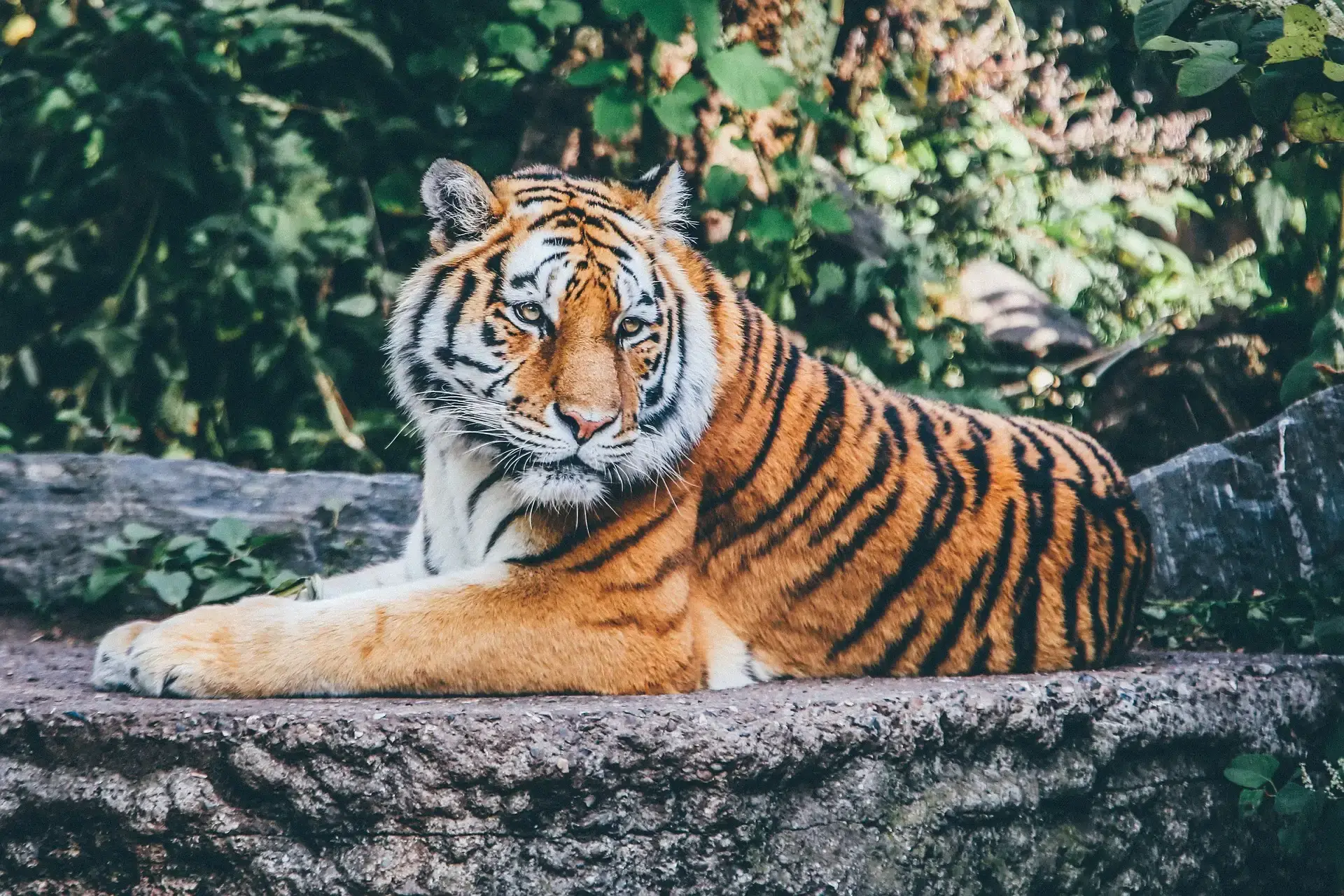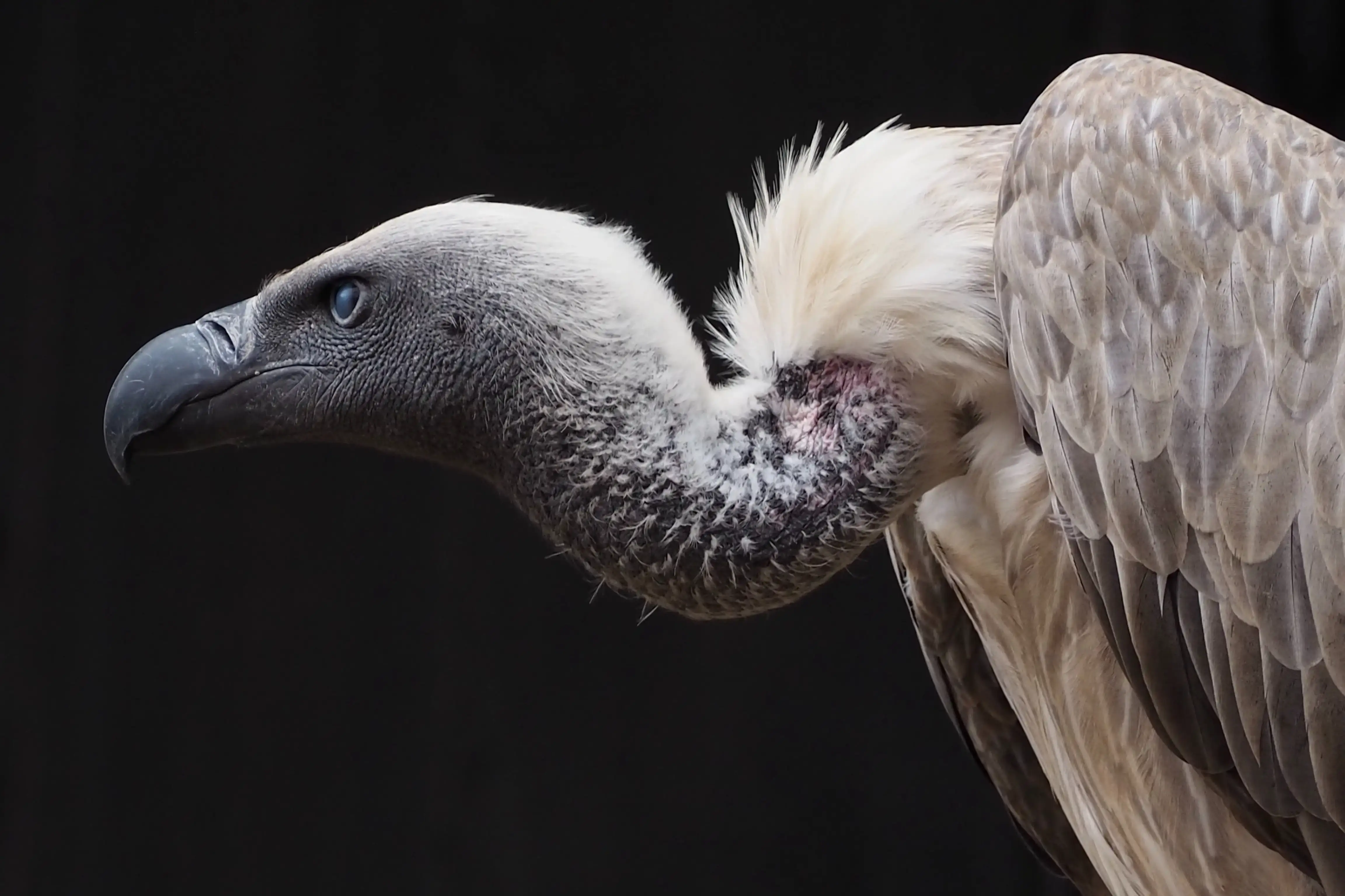5 min to read
Explore Veerangana Durgavati Tiger Reserve: Latest Addition to India’s Tiger Reserves

The Veerangana Durgavati Tiger Reserve: India’s Latest Tiger Sanctuary
The Veerangana Durgavati Tiger Reserve, the seventh tiger reserve in Madhya Pradesh, is a remarkable addition to India’s conservation efforts. Spanning the districts of Sagar, Damoh, and Narsinghpur, this reserve covers an impressive 2,339 square kilometres. It incorporates regions from both the Nauradehi Wildlife Sanctuary and the Durgavati Wildlife Sanctuary, creating a vast expanse of protected forest that promises to preserve India’s biodiversity for future generations.
 A Strategic Green Corridor
A Strategic Green Corridor
To enhance tiger conservation, a green corridor is under development to connect the Panna Tiger Reserve (PTR) with Veerangana Durgavati Tiger Reserve. This corridor will facilitate the natural migration of tigers, helping them explore new territories and maintain genetic diversity. The reserve’s location in the Narmada and Yamuna river basins adds to its ecological significance, with the rivers nourishing the surrounding flora and fauna.
A fascinating feature within the reserve is the historic Singorgarh Fort, a relic of the past that adds a cultural dimension to this natural haven. Currently home to approximately 15 tigers, the reserve is set to play a pivotal role in India’s ongoing tiger conservation efforts.
 Table of Contents
Table of Contents
- A Strategic Green Corridor
- Table of Contents
- History of Veerangana Durgavati Tiger Reserve
- India’s Newest Tiger Reserve
- Park Bio-Diversity
- Challenges and Conservation Efforts
- Conclusion
 History of Veerangana Durgavati Tiger Reserve
History of Veerangana Durgavati Tiger Reserve
The roots of this reserve lie in the establishment of the Nauradehi Wildlife Sanctuary and the Durgavati Wildlife Sanctuary in 1997. These sanctuaries were originally classified as protected forests before being elevated to wildlife sanctuaries by the Government of Madhya Pradesh.
The Nauradehi Wildlife Sanctuary derives its name from the Nauradehi Plateau, a defining feature of its geography. The Durgavati Wildlife Sanctuary honors Queen Durgavati of Gondwana, a 16th-century ruler celebrated for her valor and dedication to her people. Together, these sanctuaries formed the foundation for the new tiger reserve, which now carries her name.
 India’s Newest Tiger Reserve
India’s Newest Tiger Reserve
The Madhya Pradesh Forest Department recently declared Veerangana Durgavati as the state’s seventh tiger reserve. This places it alongside other celebrated reserves like Kanha, Bandhavgarh, Pench, Panna, Satpura, and Sanjay Dubri (Guru Ghasidas Tiger Reserve).
Rich in biodiversity, the reserve offers a sanctuary to countless species of mammals, birds, and reptiles. With its vast landscapes and strategic green corridor, it aims to solidify Madhya Pradesh’s reputation as a leading state for tiger conservation in India.
 Major Wildlife Species
Major Wildlife Species
The Veerangana Durgavati Tiger Reserve is home to a diverse array of wildlife, including mammals, birds, and reptiles. Here is a glimpse of its inhabitants:
| Mammals | Birds | Reptiles |
|---|---|---|
| Tiger | Peafowl | Snakes |
| Leopard | Jungle Fowl | Lizards |
| Sloth Bear & Wild Boars | Owls | Turtles |
| Wolf & Jackal | Eagles | |
| Sambar & Barking Deer | Waterfowl | |
| Indian Fox | ||
| Striped Hyena | ||
| Indian Gaur |
 Park Bio-Diversity
Park Bio-Diversity
The reserve’s landscape is a tapestry of hills, valleys, rivers, streams, waterfalls, and grasslands. Situated within the Satpura-Maikal landscape, it is recognized as one of the priority areas for tiger conservation in India. This diverse habitat supports a wide range of flora and fauna, making it a treasure trove for wildlife enthusiasts and researchers alike.
 Activities for Visitors
Activities for Visitors
The reserve offers eco-tourism opportunities, including:
- Safari Rides: Explore the wilderness and catch a glimpse of majestic tigers and other wildlife.
- Nature Walks: Immerse yourself in the serene beauty of the reserve.
- Birdwatching: Spot vibrant and rare avian species.
- Camping: Experience the thrill of spending a night amidst nature.
Visitors can also enjoy amenities like forest rest houses, cottages, a museum, an interpretation center, and a souvenir shop, making the reserve an ideal destination for nature lovers.
 Challenges and Conservation Efforts
Challenges and Conservation Efforts
Despite its natural beauty, the Veerangana Durgavati Tiger Reserve faces several challenges:
- Poaching: Illegal hunting poses a threat to tigers and other wildlife.
- Habitat Fragmentation: Development activities can disrupt the natural habitats within the reserve.
- Human-Wildlife Conflict: The proximity of human settlements to the reserve often leads to conflicts.
- Climate Change: Altered weather patterns can impact the reserve’s ecosystems.
To counter these challenges, the reserve authorities have implemented:
- Anti-poaching Patrols: Ensuring the safety of wildlife.
- Habitat Improvement Programs: Creating better living conditions for the animals.
- Community Participation: Involving local communities in conservation efforts.
- Scientific Research: Conducting studies to better understand and protect the reserve’s ecosystems.
 Conclusion
Conclusion
The Veerangana Durgavati Tiger Reserve is a vital addition to India’s network of tiger reserves. Its establishment not only strengthens tiger conservation but also bolsters eco-tourism, providing benefits to local communities and the economy. With its unique combination of natural beauty, rich biodiversity, and cultural heritage, this reserve is poised to become a shining example of wildlife preservation in India.
For those seeking adventure, knowledge, or simply a connection with nature, the Veerangana Durgavati Tiger Reserve promises an unforgettable experience. Plan your visit and be part of the journey to protect and celebrate India’s incredible wildlife.
This article is part of the series on wildlife conservation and helpful for students preparing for competitive exams like UPSC, SSC, and other government exams. Stay tuned for more informative articles on wildlife and conservation.




Comments